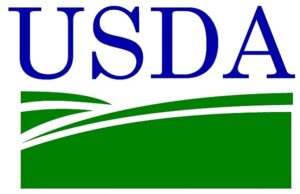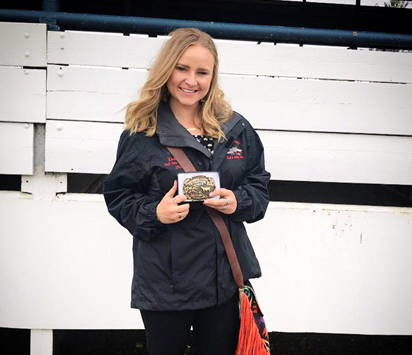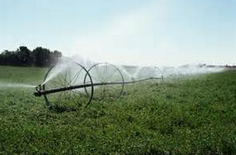USDA SEEKS PUBLIC INPUT ON AGRICULTURE INNOVATION AGENDA

 What is the Agriculture Innovation Agenda?
What is the Agriculture Innovation Agenda?
The USDA seeks to stimulate agriculture innovations that by 2050 will (1) increase agricultural production by 40%, and (2) reduce the environmental footprint of U.S. agriculture by half. Other benchmarks include:
- Reduce food loss and waste by 50% by 2030
- Build landscape resiliency by investing in active forest management and forest restoration through increased Shared Stewardship Agreements with states
- Enhance carbon sequestration through soil health and forestry, capitalize on innovative technologies and practices to achieve net reduction of the agricultural sector’s current carbon footprint by 2050
- Improve water quality; reduce nutrient loss by 30% nationally by 2050
In the recent comment by Society for Range Management, it makes an excellent point that the USDA proposal neglects consideration of “the contributions of rangelands to agriculture production in the U.S. Native rangelands cover nearly one third of the total land area of the U.S. and are a major source of forage for livestock production in the western U.S.” If truly the objective by 2050 is to increase agricultural production by 40% and reduce the environmental footprint of U.S. agriculture by half, then rangelands must be considered. USDA must build “landscape resiliency by investing in active forest management and forest restoration through increased Shared Stewardship Agreements with states,” and build landscape resiliency by investing in active rangeland management and, as applicable or needed, rangeland restoration through increased Shared Stewardship Agreements with Permittees dependent upon federal land use and with the applicable States.
How to Submit Comments?
- Register your comments using the Federal eRulemaking Portal
- Cite the proposed Agriculture Innovation Agenda
- Submit written comments by August 1, 2020
Sources:
Society for Range Management Comments
USDA Press Release
Agriculture Innovation USDA white paper

 Authored by: Valley Urricelqui
Authored by: Valley Urricelqui



